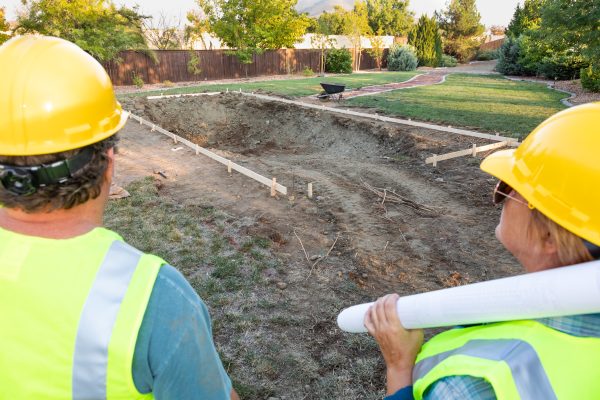The decision to build a swimming pool is an exciting one that can enhance your lifestyle and property value. However, it’s essential to approach the process with careful consideration and planning to ensure that your pool meets your needs and expectations. In this blog post, we’ll discuss the key factors to consider when looking to have a swimming pool built, helping you navigate the process smoothly and make informed decisions.
1. Budget
Determining your budget is the first and most crucial step when planning to build a swimming pool. Consider not only the initial construction costs but also ongoing maintenance, utilities, and potential landscaping expenses. Be realistic about what you can afford and prioritize features and amenities accordingly.
2. Pool Design and Size
Think about how you intend to use your pool and what design features are important to you. Consider factors such as pool shape, depth, and amenities like water features, lighting, and decking. Additionally, assess the available space in your yard and choose a size and layout that fits well with your landscaping and outdoor living area.
3. Local Regulations and Permits
Before breaking ground on your new pool, research local building codes, zoning regulations, and permit requirements. Ensure that your planned pool complies with all relevant laws and regulations, including setback requirements, safety barriers, and water conservation measures.
4. Construction Material
There are various options for pool construction materials, each with its advantages and considerations. Common choices include concrete (gunite or shotcrete), fiberglass, and vinyl liner. Consider factors such as durability, maintenance requirements, and aesthetic appeal when selecting the best material for your pool.
5. Maintenance and Upkeep
Owning a pool requires regular maintenance to keep it clean, safe, and functional. Consider the ongoing maintenance tasks, such as cleaning, chemical balancing, and equipment upkeep, and factor these into your budget and lifestyle. Additionally, think about whether you’ll handle maintenance yourself or hire a professional service.
6. Energy Efficiency
Opt for energy-efficient pool equipment, such as variable-speed pumps, LED lighting, and solar heating systems, to reduce operating costs and minimize environmental impact. Investing in energy-efficient technology can also enhance the overall sustainability of your pool.
7. Safety Features
Safety should be a top priority when building a swimming pool. Consider installing safety features such as fencing, pool covers, alarms, and non-slip decking to prevent accidents and ensure peace of mind, especially if you have young children or pets.
8. Landscaping and Aesthetics
Integrate your pool seamlessly into your backyard landscape by incorporating complementary features such as plants, trees, hardscaping, and outdoor furniture. Consider how the pool will fit within your overall outdoor living space and enhance the aesthetics of your property.
Conclusion:
Building a swimming pool is a significant investment that requires careful planning and consideration. By taking into account factors such as budget, design, regulations, maintenance, energy efficiency, safety, and aesthetics, you can ensure a successful and satisfying pool-building experience. Whether you’re looking to create a luxurious resort-style oasis or a simple backyard retreat, thoughtful planning and attention to detail will help you achieve the pool of your dreams.
